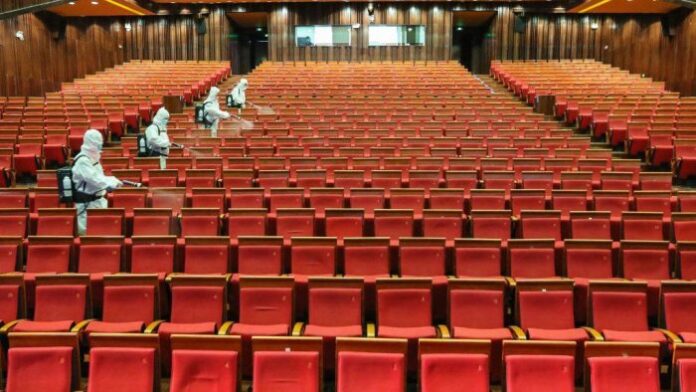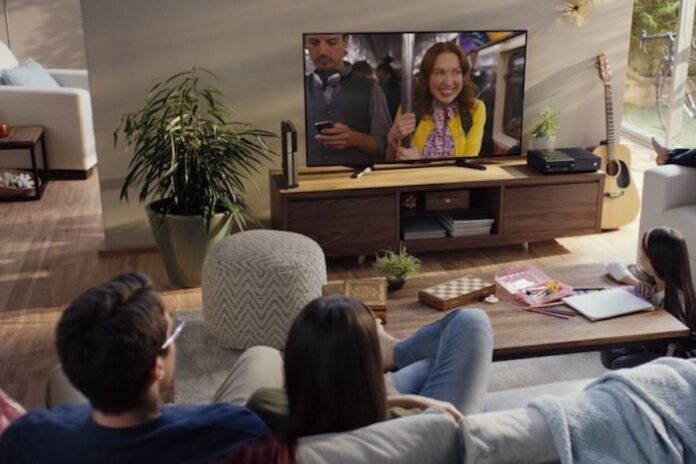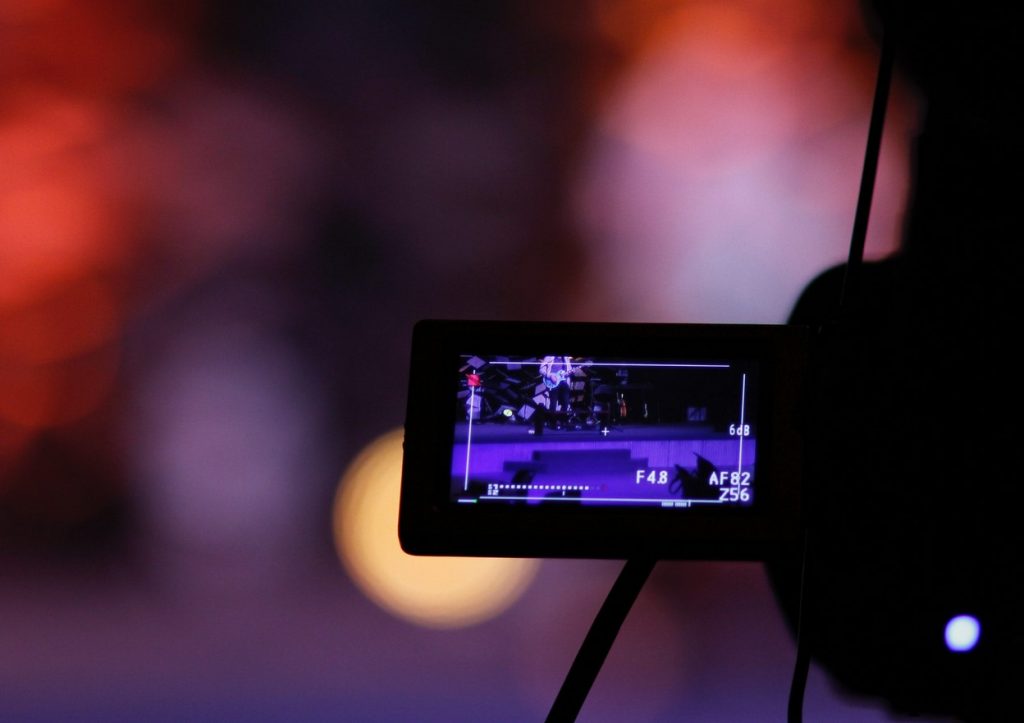Since March of 2025 COVID-19 has rocked the world and nearly every business under the sun. Strict CDC guidelines have forced all businesses to rethink prior practices in observance of limiting the spread of a deadly virus, not to mention keep employees safe during these uncertain times.
The Hollywood film machine is no different and has perhaps experienced more hardships and challenges than other industries due to the fact that productions large and small depend on a sizable number of individuals getting together in order to make a feature-length film, television show, or even a commercial.
How Many People Are Involved in a Typical Hollywood Production?
Research from Stephen Follows Film Data and Education reveals that an average film showing in North American cinemas will employ over 270 people in various roles. This number includes project development, actual production, and post-production.
Statistics show that in January 2025 the U.S. motion picture and sound recording industry employed over 456,000 people — and this number does not convey under the radar projects that get done on a shoestring budget.

Strict COVID-19 Guidelines
No matter what the scale of production ends up being, there are current strict COVID-19 guidelines in place that every production must adhere to or else face production shutdown and large fines for failing to observe regulations that are not an option.
Experts are stressing the importance of observing health guidelines for SARS-CoV-2 (the virus associated with the Coronavirus disease 2019 — COVID-19). Since COVID-19 is classified as a respiratory illness transmitted from person to person and especially between those who are in close proximity to each other, Hollywood has had to take extra precaution in getting back to any form of activity. COVID-19 infection may not yield any symptoms whatsoever, yet the virus can still be spread, and production of any scale would be a hotbed of virus super spreading.
Below, we go over some ways that Hollywood and the entertainment industry has adapted to a world with COVID-19.
1. Theater Shutdowns

Small and large movie theaters were among the first businesses to fully shut down during the Coronavirus pandemic. As of 2025, more than a few theaters have closed their doors forever. Although many film connoisseurs are worried about ever getting to sit shoulder to shoulder with other people and experience Hollywood movies the way they’re meant to be seen, the entertainment industry has made some significant shifts in order to continue to provide entertainment.
It could be said that the demand for new content is at an all time high although new productions have come to a grinding halt. Coming Two America, Borat Subsequent Moviefilm, and I Care a Lot were all released for streaming instead of making a traditional theater run.
Some industry insiders believe that an underwhelming performance at the box office when it came to Christopher Nolan’s Tenet has led distributors to rethink their 2025 release strategy. As a result, Hollywood has made the shift to releasing projects for streaming or on VOD (Video on Demand).
2. Lower Budget Productions

Even though Tom Cruise had a public meltdown as he cautioned all workers on his large production to observe COVID-19 guidelines, his heart was in the right place. Many larger productions tried to keep going full steam ahead due to the fact that many employees would be out of a job if production was shut down in any way.
However, movies and TV shows have responded to COVID-19 by limiting their production projects when it comes to scope. Many productions are now limiting the number of cast and crew members involved and limiting themselves to single-location projects, which are often called “chamber pieces.”
3. Virtual Film Festivals

Hollywood film festivals and festivals across the globe (big names like Sundance, Cannes, and Tribeca Film Festival) have responded to the current global pandemic by switching to virtual platforms and virtual showings. Cannes itself has postponed its physical market indefinitely but has announced Cannes Marché, which is its virtual solution to the pandemic problem. Cannes Marché offers its product at a reduced fee and will still happen during its normal timeframe. Sundance Film Festival has pivoted as well and is offering a virtual market to filmmakers, as well as its Episodic TV Lab participants in order to allow people to stay at home and limit the spread of this deadly virus.
One positive out of our current pandemic is that there are fewer travel barriers now that participants and viewers can tune in from the comfort of their own homes, which might even bring an increased number of potential buyers as well as unprecedented diversity.
4. Streaming at an All-Time High

Streaming content providers like HBO Max, Netflix, Amazon, and Hulu are reporting high numbers and don’t seem to be hit by the pandemic. As a matter of fact, Disney+, for just one example, has garnered nearly 95 million subscribers and has announced the release of Frozen 2 three months ahead of its original schedule in observance of COVID-19.
Every streaming service worth its salt is pushing for early releases and to provide people at home with reasons to continuously tune in. Such high streaming numbers will also inspire streaming providers to keep viewers watching even after the pandemic has subsided.
5. The Use of Stock Images and Video

Television shows, films, and especially commercials are utilizing stock footage and imagery in order to adapt to productions being shut down. Now that content creators cannot simply go out and “shoot” what they need to convey on screen, resources such as stock video subscription services are at an all time high. Car stock image providers such as EvoxImages are experiencing a sizable bump in revenue and demand due to the fact that photographers and filmmakers do not have the option to create their own content and imagery, which requires product, crew, and other resources.
Although Hollywood and the rest of the entertainment industry and content creation world have had to respond to worldwide production shutdowns and lockdowns, industry insiders and entertainment experts remain cautiously optimistic that filmmaking and content creation will commence in a major way once the world bounces back from COVID-19.









